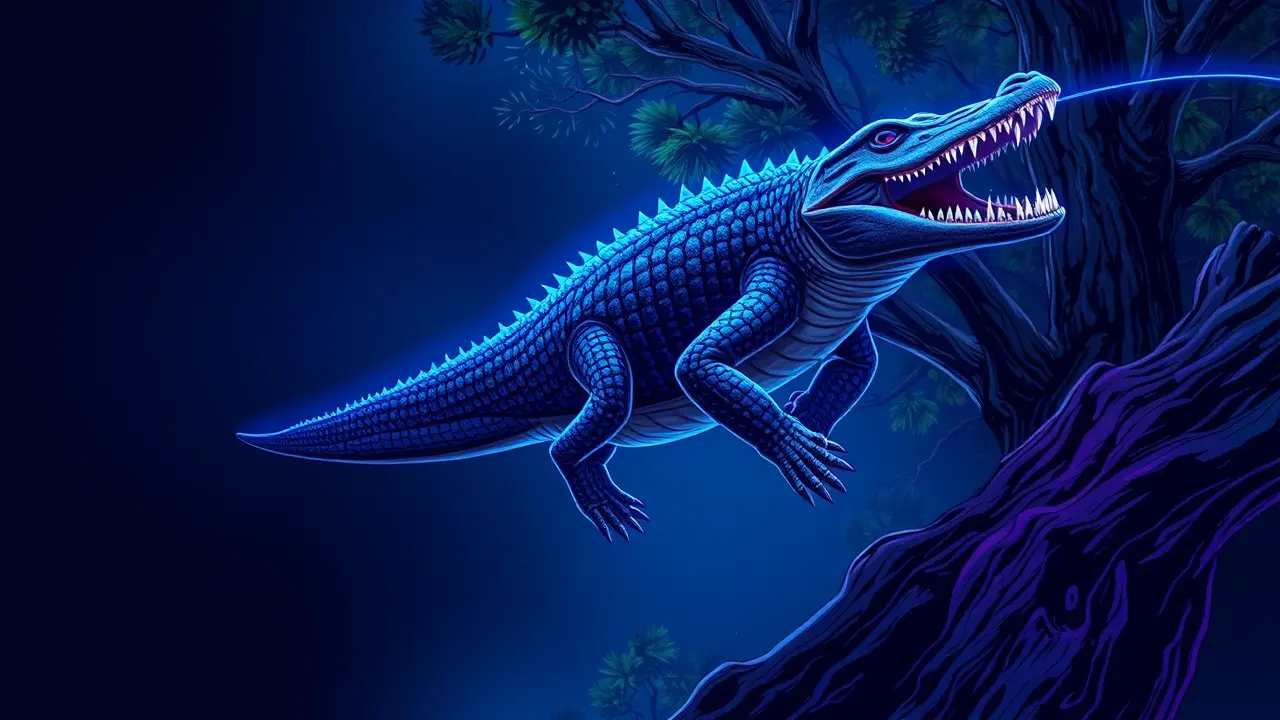
Sciencearchaeology
Ancient tree-climbing 'drop crocs' discovered in Australia.
TH
Thomas Green
3 hours ago7 min read1 comments
In a discovery that fundamentally rewrites the textbook on reptilian behavior, paleontologists in Australia have unearthed fossil evidence of ancient crocodiles that were not the languid, river-dwelling ambush predators of modern lore, but agile, tree-climbing hunters that likely stalked their prey from the canopy before launching devastating aerial assaults, a hunting strategy that draws a stunning parallel to the way a leopard operates in the savannah. This revelation, emerging from the sun-baked fossil beds of northern Australia, centers on a species whose anatomical features—notably elongated, grappling-hook-like claws and a uniquely flexible spine—paint a picture of a creature as comfortable scaling a eucalyptus trunk as it was patrolling a waterhole, forcing a complete re-evaluation of the ecological niches crocodilians once dominated during the Miocene epoch, some 5 to 15 million years ago.Dr. Elara Vance, the lead researcher on the project from the University of Queensland, described the initial skepticism her team faced, noting, 'When we first analyzed the limb morphology and vertebral articulations, the data was so anomalous we had to triple-check our models; we were essentially looking at a crocodile built like a sophisticated climber, a concept that was, until now, the realm of speculative fiction.' This 'drop croc' strategy would have been a brutally efficient adaptation, allowing these reptiles to exploit an arboreal food web, potentially targeting early marsupials, large birds, and other unsuspecting fauna from an unexpected vertical angle, a tactic that minimizes energy expenditure while maximizing the element of surprise. The find also casts a new light on the intense evolutionary arms race that defined prehistoric Australia, suggesting that competition for resources on the ground was so fierce that these crocodilians were pushed into a three-dimensional hunting ground, evolving a suite of specialized traits that have only been observed in a handful of other reptile lineages, like certain monitor lizards.Furthermore, this discovery challenges the very definition of a 'crocodile' in the public consciousness, moving it from a primordial relic to a dynamic and highly adaptable lineage capable of radical evolutionary experimentation, a narrative that resonates deeply with our own era's rapid climate shifts and the pressing question of which species will adapt and which will fall by the wayside. The implications extend beyond paleontology into biomechanics and robotics, where the unique skeletal structure of these 'drop crocs' is being studied as a potential model for designing climbing robots capable of navigating complex, irregular terrain. As the scientific community digests this finding, it opens up a plethora of new questions: Were these arboreal forays a common behavior or a last-resort survival tactic during drought periods? Did they care for their young in tree hollow nests? Each fossil fragment from this period will now be scrutinized with a fresh perspective, searching for more clues about the lives of these astonishing creatures that once ruled not just the rivers, but the treetops of the ancient outback.
#featured
#ancient crocodiles
#tree-climbing
#paleontology
#Australia
#prehistoric predators
#fossil evidence
Stay Informed. Act Smarter.
Get weekly highlights, major headlines, and expert insights — then put your knowledge to work in our live prediction markets.
Comments
Loading comments...
© 2025 Outpoll Service LTD. All rights reserved.